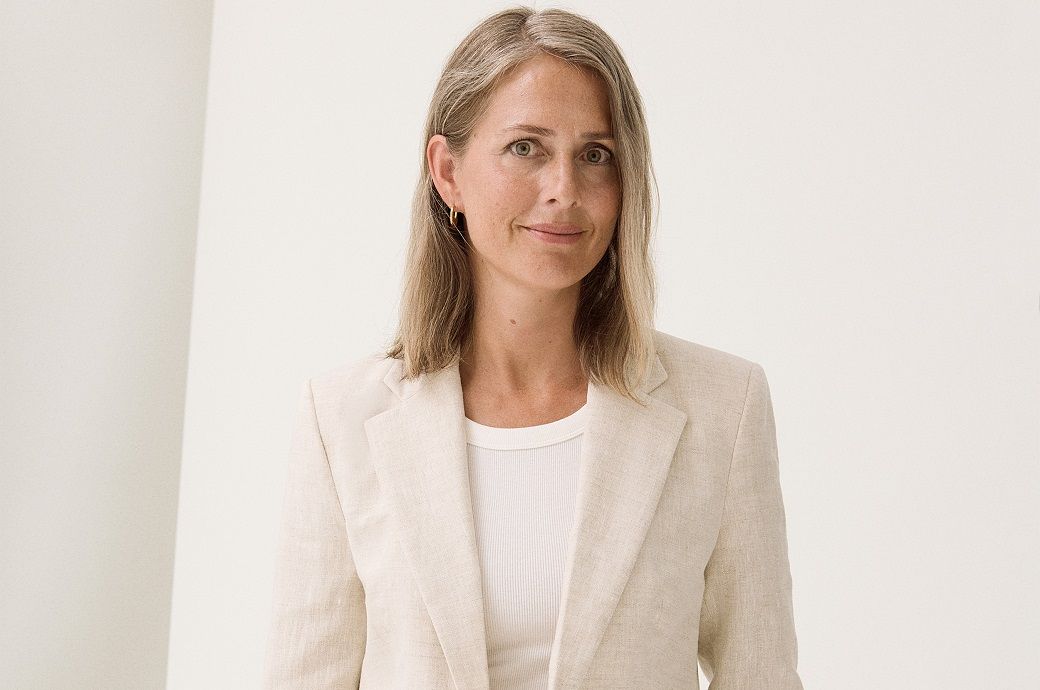Opinions expressed by Entrepreneur contributors are their own.
Inclusivity and diversity are both hot topics right now, as they should be. Developing teams that match the dynamic of our communities is vital, but are we putting our businesses at risk by having too narrow a view of what diversity means?
When you picture a diverse team, what does it look like? If you see people from all walks of life, genders, age groups, belief systems, races and personal identifications, that’s a pretty good start. However, it is not the only aspect of diversity.
Despite two people being from very different walks of life and human experiences, they can both have very similar perspectives. Even if every person at your boardroom table looks, feels and speaks differently, they may still all think alike. And therein lies the problem.
Diversity in thought
There are thousands of historical examples in which a system or product was developed with one very specific user in mind. Without fail, this happens when that same user archetype is the person designing the product or system.
When an idea is developed from only one perspective, it will never meet the needs of a truly diverse group of people, which can spell failure for a business. If you think everyone in the room agreeing is always a good thing, think again. When everyone agrees, something could be missed.
Blind spots that inevitably cause the downfall of organizations and products start when everyone thinks the same way. Diversity in thinking is just as important as diversity in gender, race and life experience.
Related: How to Continue Your Diversity Initiatives in 2022
Face your biases
Yes, I am talking to you. You have biases and so do I. If you want to build a business and a team that is truly global and future-fit, then facing, acknowledging and working on these biases is key.
Facing your biases is painful for sure, but it’s also quite freeing. Being capable of acknowledging that you, too, fall in this respect is empowering for those who work with you. When your team feels your willingness to acknowledge and grow, they will see it as an opportunity to share their diversity as a gift. This is when the magic starts to happen.
Mapping out culture
Working in a global business with team members from so many different countries, I have often found myself at the wrong end of cultural differences. Sometimes those differences are stark and glaring, and other times, they are slightly more subtle. It often takes someone pointing them out to even know they are there.
I’ve found that the more glaring differences are seldom a problem. Everyone knows they are there, so we can work around them. However, the subtle, almost imperceptible, differences in culture on a global team can be very damaging if not addressed. They become apparent in those moments when something goes completely differently than I expected, and I find myself asking, “Wait. What just happened?”
As much as our differences can tear an organization apart if not understood, they also present phenomenal opportunities for growth when they’re properly acknowledged and the strength they bring is recognized and harnessed.
Related: How to Successfully Implement Diversity Initiatives
Enhancement through diversity
The company culture in the company I work for supports discovery through diversity. Every forum is an open one, so when something isn’t working, we have the capability of figuring out what is coming between us so we can turn it into something that brings us together.
For example, Americans are pretty direct people. We like to get to the point. But when we interact with cultures that are more about storytelling than brass tacks, it can feel like the other person is taking a very long-winded (and frustrating) route to the point. Really, though, there is something to be learned from the detailed narrative that other cultures use in business. The sweet spot is when those two cultures “get” one another and the way they communicate doesn’t hinder or stifle anyone’s ability to communicate their point of view, regardless of how it comes out.
Like-minded is likely to fail
We need diversity in our teams, but we need diversity in our thinking, too. Every single perspective is valuable because it allows you to see your business and its products through different sets of eyes.
Think about the diversity in your team as your superpower. No other business can exactly replicate the dynamic, the lessons and the resulting success that comes from your particular group of people. Their power lies in their differences.
So rather than trying to find a group of people who agree on everything, perhaps we should be forming teams that agree on the values but differ just enough to spark a much better solution — that perhaps would not have happened without the debate.
Related: Diversity and Inclusion are Driving Force of Future of Businesses

:max_bytes(150000):strip_icc()/Health-GettyImages-1463319962-8cd36551dfb64dc49fa1bbfbc843bc40.jpg)


